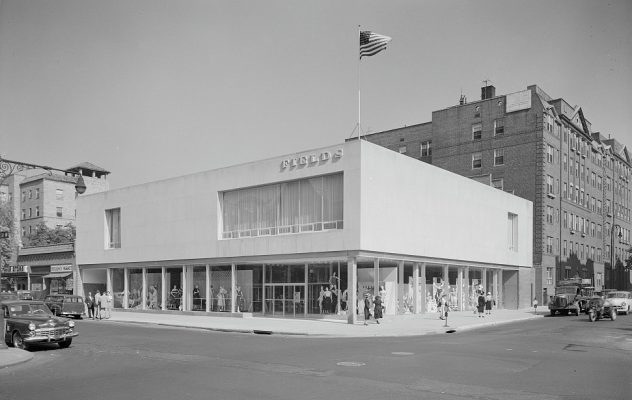
It’s the first planned garden-and-cooperative community in the United States and the second one in the entire world. It’s where the term “garden apartment” was first coined, and it features a mix of brick houses and apartment buildings in such revival styles as Georgian, Italianate, Mediterranean, and Tudor.
Learn more during the Jackson Heights Historic Weekend on Saturday, June 14, and Sunday, June 15. Sponsored by the Jackson Heights Beautification Group, the annual extravaganza includes guided and self-guided tours, lectures, and an exhibition.
The two-day event kicks off with a free lecture on the Northern Queens neighborhood’s history at the Renaissance Charter School (35-59 81st St.) on June 14 at 11 am.
The same venue will host an exhibition of photos, maps, brochures, and other vintage items from 10 am to 2 pm. (It’s free, too.)
Participants are encouraged to take self-guided tours of the Jackson Heights Historic District, which includes 15 gardens, on the same day from noon to 4 pm. The instructions map will be on sale at Renaissance for $15. Then, participants can travel at their own pace.
On the following day at noon, an experienced guide will lead a tour of the area with an emphasis on architecture, demographics, history, rarities, and urban planning. it’s rain or shine, and the meet-up spot is the Community United Methodist Church of Jackson Heights at 81-10 35th Ave.
The $15 tickets must be purchased in advance. They are currently on sale in person at Espresso 77, which is located at 35-57 77th St., or via [email protected] or 347-766-9129.
Editor’s note: As part of the fun, the Jackson Heights Beautification Group recently sponsored a neighborhood-wide art contest for grades K-8, contacting 13 schools. After receiving 83 submissions, organizers chose 20 first- and second-place winners for a show that’s tied into the historic weekend. The reception is at the Community Church on June 12 from 6 pm to 7 pm .
Jackson Heights
These days, Jackson Heights is arguably the most diverse zip code in the United States. It’s home to great shopping for Indian and Bangladeshi clothing, food, footwear, and jewelry. Plus, a Nepalese-Tibetan community is emerging there, as evidenced by the countless restaurants and food trucks that sell momos.
It’s also where Scrabble was invented and home to the borough’s oldest gay bar. (Check out the vehicle-free roadway on 34th Avenue.)
Here’s a brief history as per the Jackson Heights Beautification Group.
Consisting of farms and fields for centuries, Jackson Heights did not appear on an official map until after 1898, when Queens incorporated into New York City. It was known as the “Trains Meadows” section of Newtown, which later became Elmhurst.
The Queensborough Bridge opened in 1909, spurring a real estate boom in Jackson Heights between 1914 and 1939. The Queensboro Corporation spent $3.8 million to purchase farmland in the vicinity of 70th Street and Roosevelt Avenue and then $400,000 on sewers, sidewalks, and other community upgrades.
The name “Jackson Heights” became official in the early 1920s. It honors John Jackson, whose Hunters Point and Flushing Turnpike Company operated the Jackson Avenue trolley there.
Laurel Court was completed in 1914, followed by Oban Court and Penryhn Court. Plymouth Court and the Colonials went on line over the following two years.
The next major influence was the opening of the elevated subway in 1917. It made the trip from Grand Central Station to the Roosevelt Avenue-74th Street hub less than 30 minutes on most days. As demand grew, the Queensboro Corporation constructed the Greystone Apartments and coined the phrase ‘Garden Apartments.’
Construction of dwelling units continued apace with slow spots during wars and the Depression, while public facilities like schools and libraries also popped up. In 1993, the NYC Landmarks Preservation Commission created a historic district that encompasses about 36 blocks from 76th Street to 88th Street and Roosevelt Avenue to Northern Boulevard.

Photo Info
The top image depicts the Lent Homestead at 78-03 19th Rd. on Feb. 19, 1954.
The bottom one shows the Field’s department store at 37th Avenue and 82nd Street on June 8, 1950.
Both are archived in the Library of Congress.
